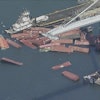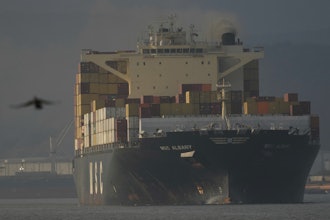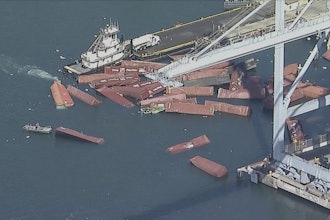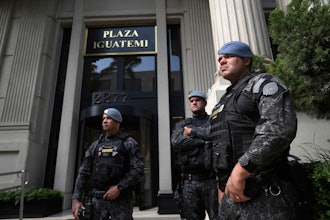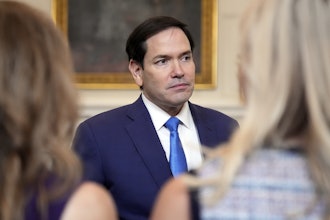SOUTHFIELD, Mich. (AP) -- Auto parts maker Lear Corp. emerged Monday from four months in bankruptcy protection, saying it has a healthier balance sheet, less debt and a backlog of new business.
A federal judge approved Lear's reorganization plan last week, paving the way for its emergence from bankruptcy. The Southfield-based maker of automotive seats and electronics expects its new shares -- under the "LEA" symbol -- will begin regular trading later this week on the New York Stock Exchange. Lear's old shares were canceled.
Under the reorganization plan, Lear's lenders forgave $2.8 billion in debt in exchange for equity. Lear said it now has less than $1 billion in debt at competitive interest rates with no near-term maturity.
Lear said it has $1 billion in cash on hand and $1.4 billion in sales lined up through 2012 despite the automotive industry downturn. More than half of those sales are in higher-margin electronics and come from outside North America, further diversifying Lear's portfolio.
Lear also is replacing six of its nine board members.
The company plans to give further details Wednesday when it releases its third-quarter earnings. Lear posted a first-quarter loss of $264.8 million, or $3.42 per share. It didn't report second-quarter earnings. Lear lost $689.9 million, or $8.93 per share, in 2008.
Lear is a key supplier to General Motors Corp. and Ford Motor Co., which make up 40 percent of its sales. Like other suppliers, its fortunes fell rapidly with the economic downturn and depressed U.S. auto sales.
Lear was GM's ninth-largest creditor at the time of GM's Chapter 11 filing on June 1, with $44.8 million in claims. Lear filed for bankruptcy protection July 7.
Lear Chairman and Chief Executive Bob Rossiter, who spent 30 years at the company before becoming chairman in 2003, said the bankruptcy stay allowed for a financial restructuring to complement an operational restructuring that began in 2005.
"We have streamlined our global cost footprint and improved our operating efficiency in every region of the world," he said.


